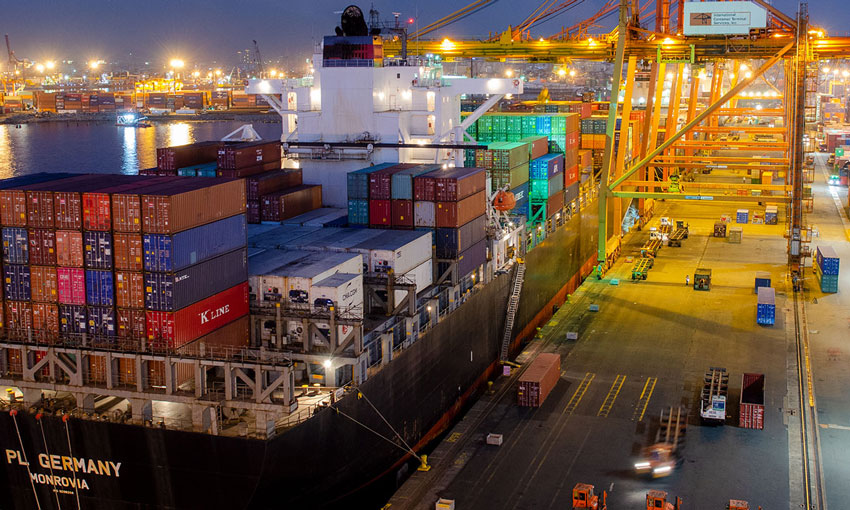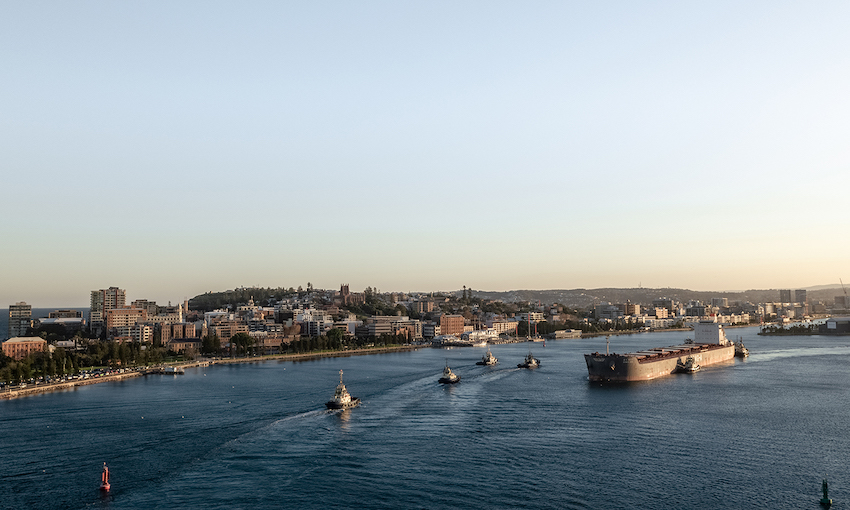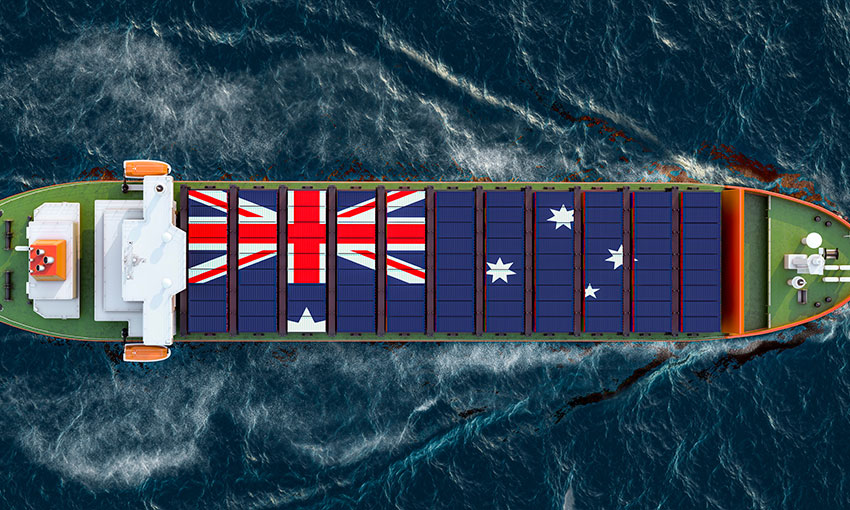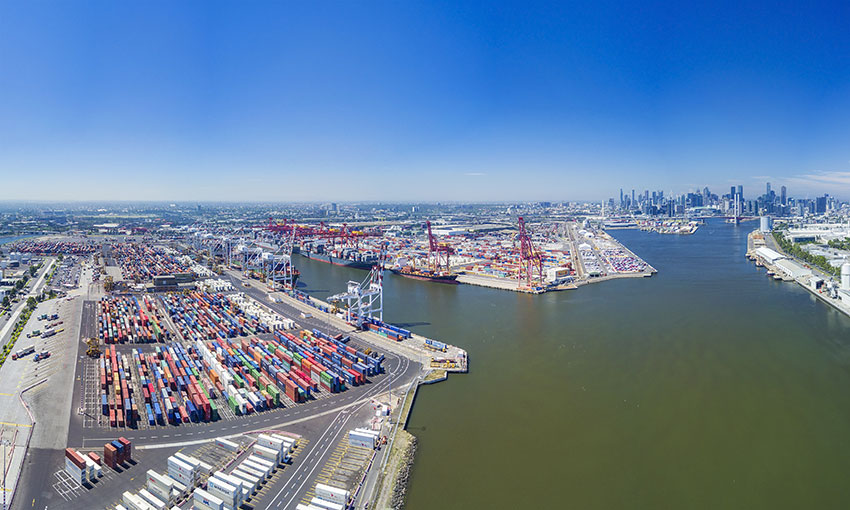I would like to comment on the recent explainer article on the build-up of empty containers in Australia by Shipping Australia, which was recently published in the DCN. Whilst I am in general agreement with the tenor of the article, Shipping Australia seems to blame everybody else in the container supply chain apart from its members, the shipping lines.
At the moment, there is a severe imbalance of container distribution between different markets. In Asia, exporters are scrambling to find any available containers to load goods, while in the US, Britain and Australia, ports are struggling to handle surging inbound goods, which delays the return of empty containers.
It is true that a number of factors such as the impact of COVID-19, recent industrial disputes in Australian ports, lack of empty container park capacity (particularly in Sydney) and inclement weather have all contributed to the build-up of empty containers. However, this phenomenon is not only evident in Australia, although it is a well-known fact that there is a large imbalance in import and export containers in Australia as well as the issue of the mismatch between 40 ft (mainly import) containers and 20 ft (mainly export) containers.
What Shipping Australia forgets to mention is that due to the increase in demand for shipping services and containers, as mentioned in the article, freight rates have increased dramatically and shipping companies, which have for years complained about sustaining heavy losses, are now reporting healthy profits. The Baltic Exchange, a maritime industry and freight market information provider, reported recently that freight rates in 2020 on the busiest routes from China to the west and east coasts of the United States increased 208 per cent and 110 per cent, respectively, compared to 2019. Freight rates to Australia incurred similar increases. It should also be noted that a number of shipping lines are charging “congestion surcharges” in Melbourne and Sydney of up to US$350 per TEU for all full containers.
The employment of so-called empty loaders is nothing new and has occurred almost every year that I have been involved in the container stevedoring industry in Australia. Whilst this is a costly exercise for shipping lines, the alternative is that they have to increase their container inventory by buying or leasing more containers, subject to availability, and at great cost. They need these empty containers back in Asia so they can fill them up again with goods so they can charge importers premium rates. Edward Aldridge, senior vice-president of global ocean freight at logistics company Agility recently stated that, “From the ocean carrier’s perspective, the quicker I can turn a container back to where it’s required, the better velocity I get, the better return I get on my asset. Having more [containers] is not the answer, the answer is the velocity of containers”.
Peter van Duyn
Maritime logistics expert
Centre for Supply Chain and Logistics
Deakin University





